ziggo
TPF Noob!
- Joined
- Sep 10, 2010
- Messages
- 54
- Reaction score
- 0
- Location
- Netherlands
- Can others edit my Photos
- Photos OK to edit
Hello,
After not visiting this forum for a long time I recently bought a Canon 550D with a Sigma DC OS 18-50 f2.8-4.5 HSM lens. I'm now trying out my camera and noticed that when I shoot evening/night shots with street lights in them a diagonal, quite disturbing flare appears. This happens when I use a wide aperture of around 2.8. When I move up to f16 and f22 the street lamps become star like light sources and the whole flare problem is gone. Sometimes I don't want those star like figures and hence I use a big aperture giving these flares (yellow street lights in the posted picture). Could somebody please tell me how to avoid these flares (not by increasing the f-number, as that gives side-effects) or just tell me that it is impossible and that my lens is not up to this sort of stuff (then I would stop looking for a solution). I thank you all in advance for any helpful tips. Photo is taken at ISO800, f2.8, 18mm, 1/10s shutter speed.

After not visiting this forum for a long time I recently bought a Canon 550D with a Sigma DC OS 18-50 f2.8-4.5 HSM lens. I'm now trying out my camera and noticed that when I shoot evening/night shots with street lights in them a diagonal, quite disturbing flare appears. This happens when I use a wide aperture of around 2.8. When I move up to f16 and f22 the street lamps become star like light sources and the whole flare problem is gone. Sometimes I don't want those star like figures and hence I use a big aperture giving these flares (yellow street lights in the posted picture). Could somebody please tell me how to avoid these flares (not by increasing the f-number, as that gives side-effects) or just tell me that it is impossible and that my lens is not up to this sort of stuff (then I would stop looking for a solution). I thank you all in advance for any helpful tips. Photo is taken at ISO800, f2.8, 18mm, 1/10s shutter speed.





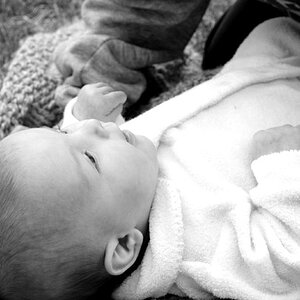

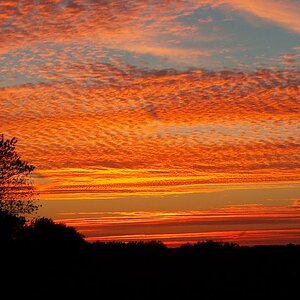

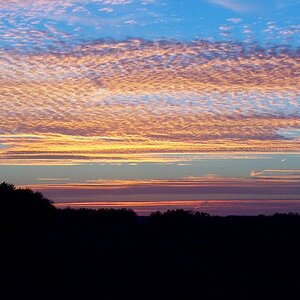

![[No title]](/data/xfmg/thumbnail/36/36102-8cd330c175e72b4b8009082908e60620.jpg?1619737346)

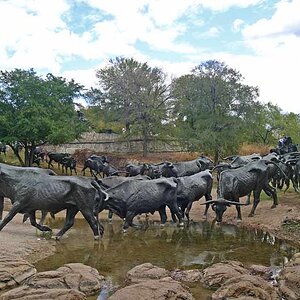
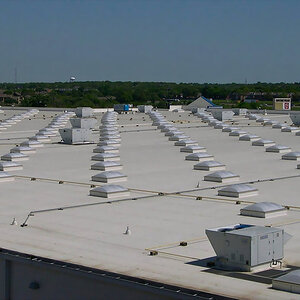

![[No title]](/data/xfmg/thumbnail/42/42275-2ca41f93a172e2e510afb46912a2bb61.jpg?1619740084)